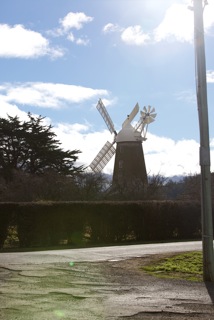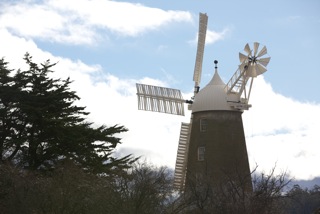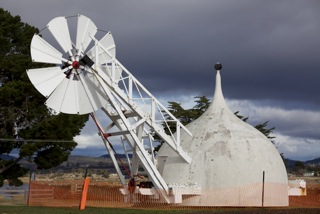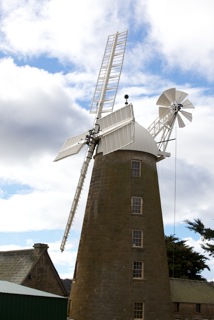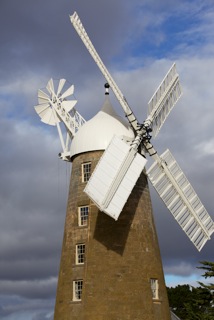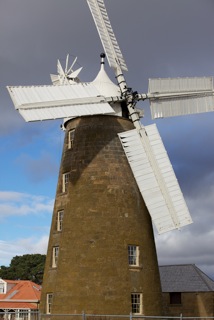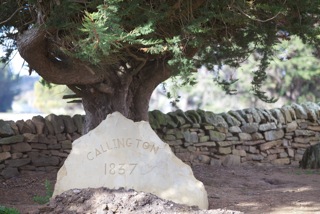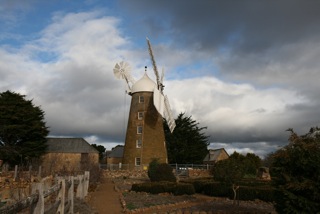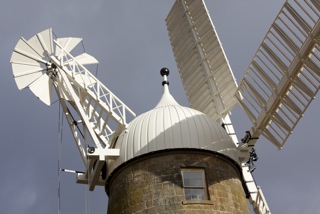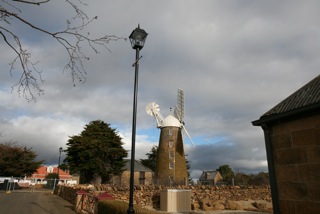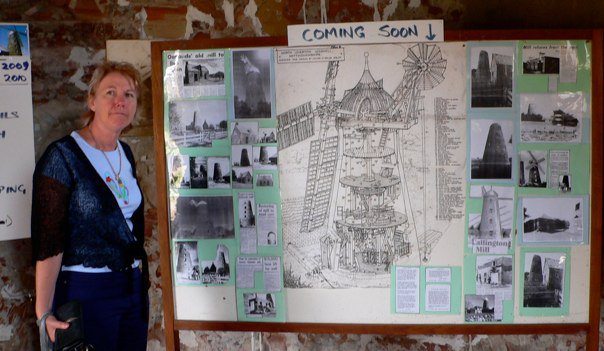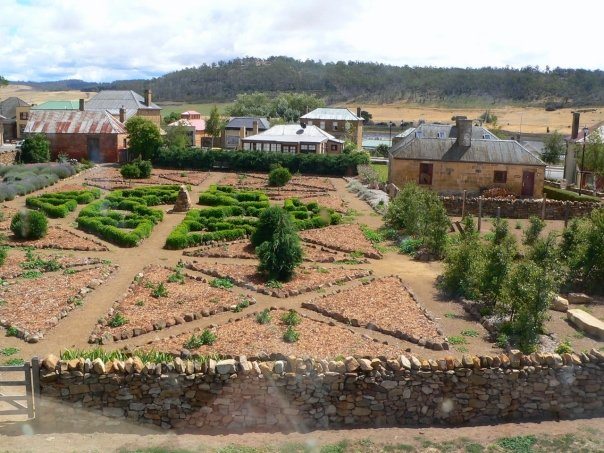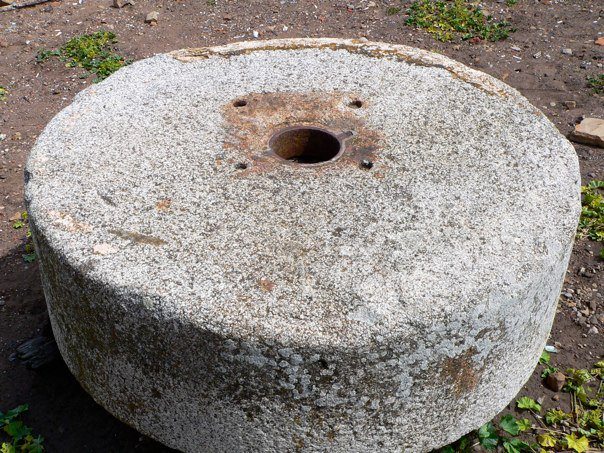
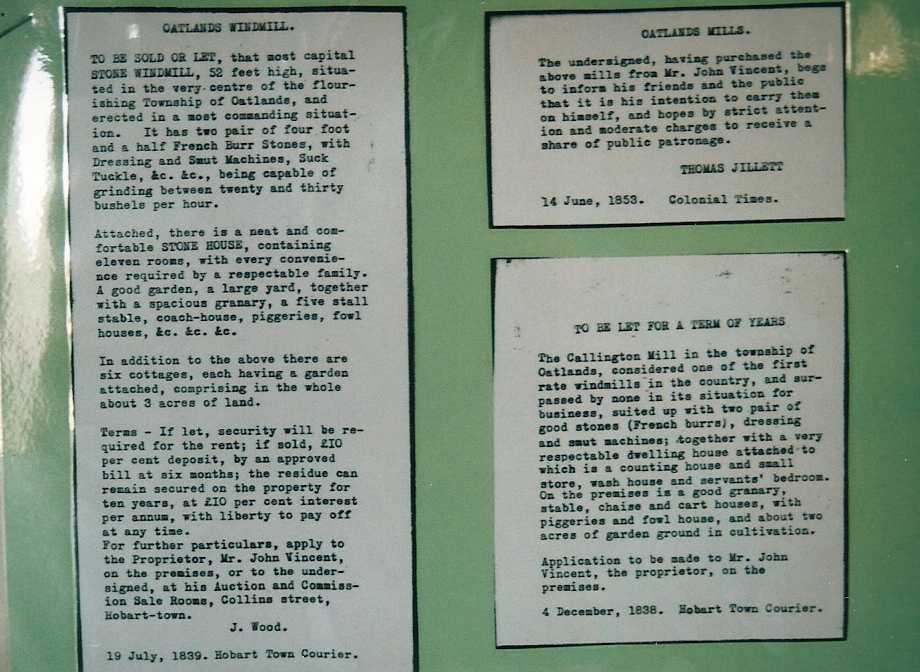
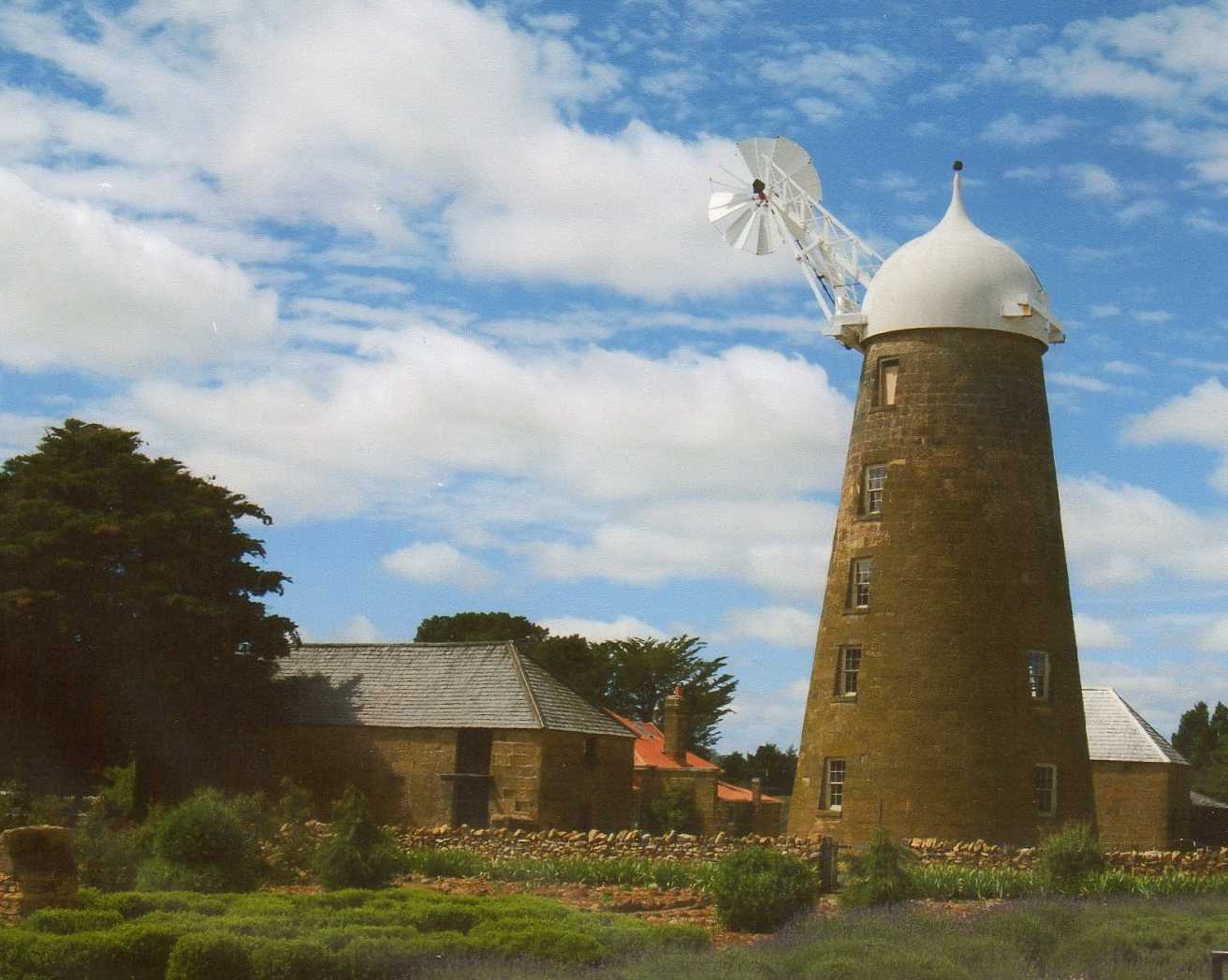
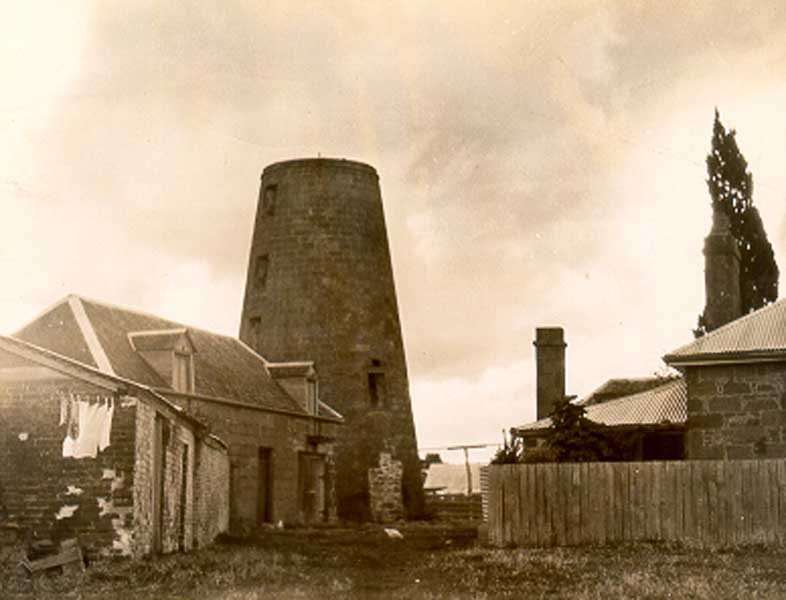
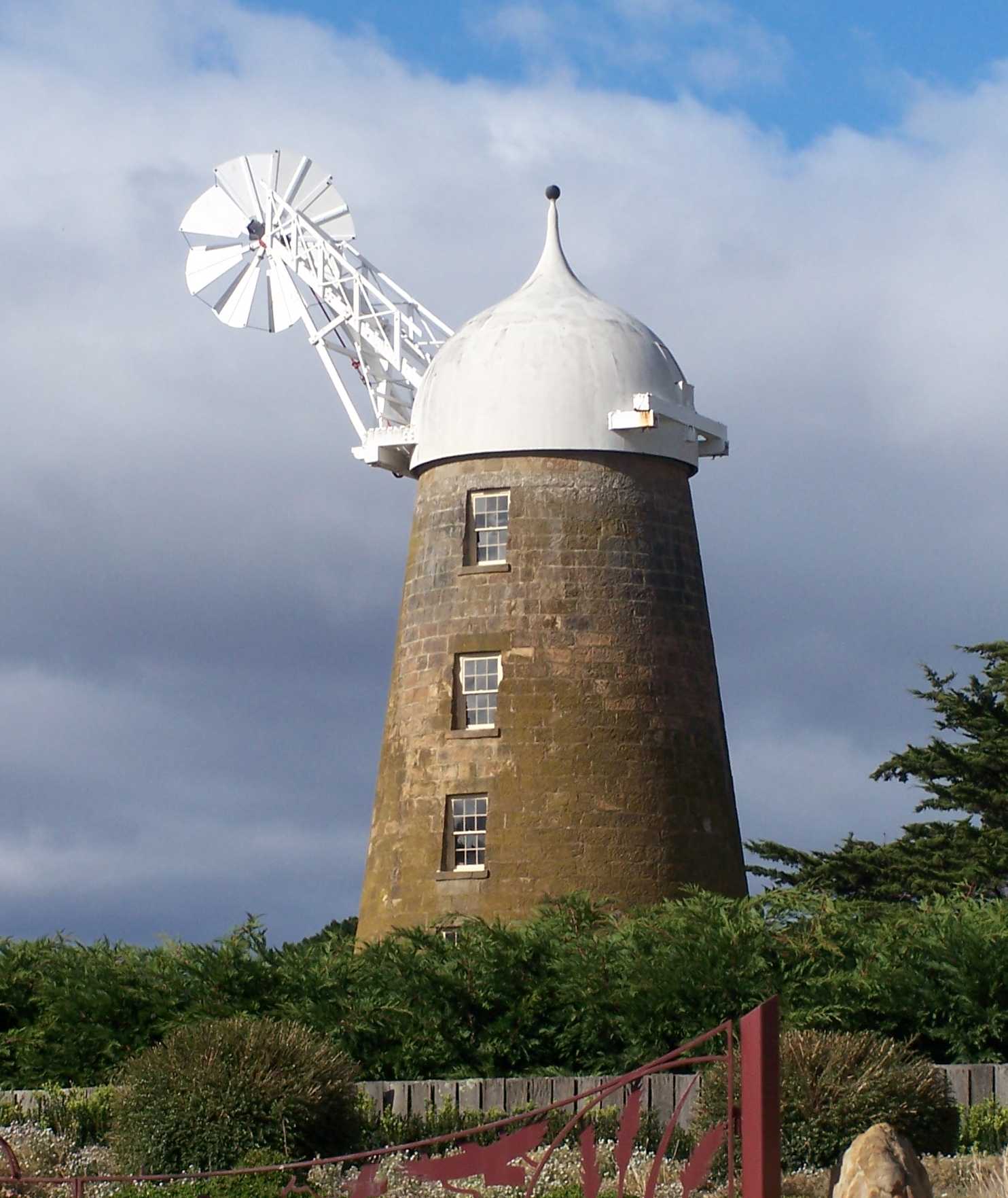
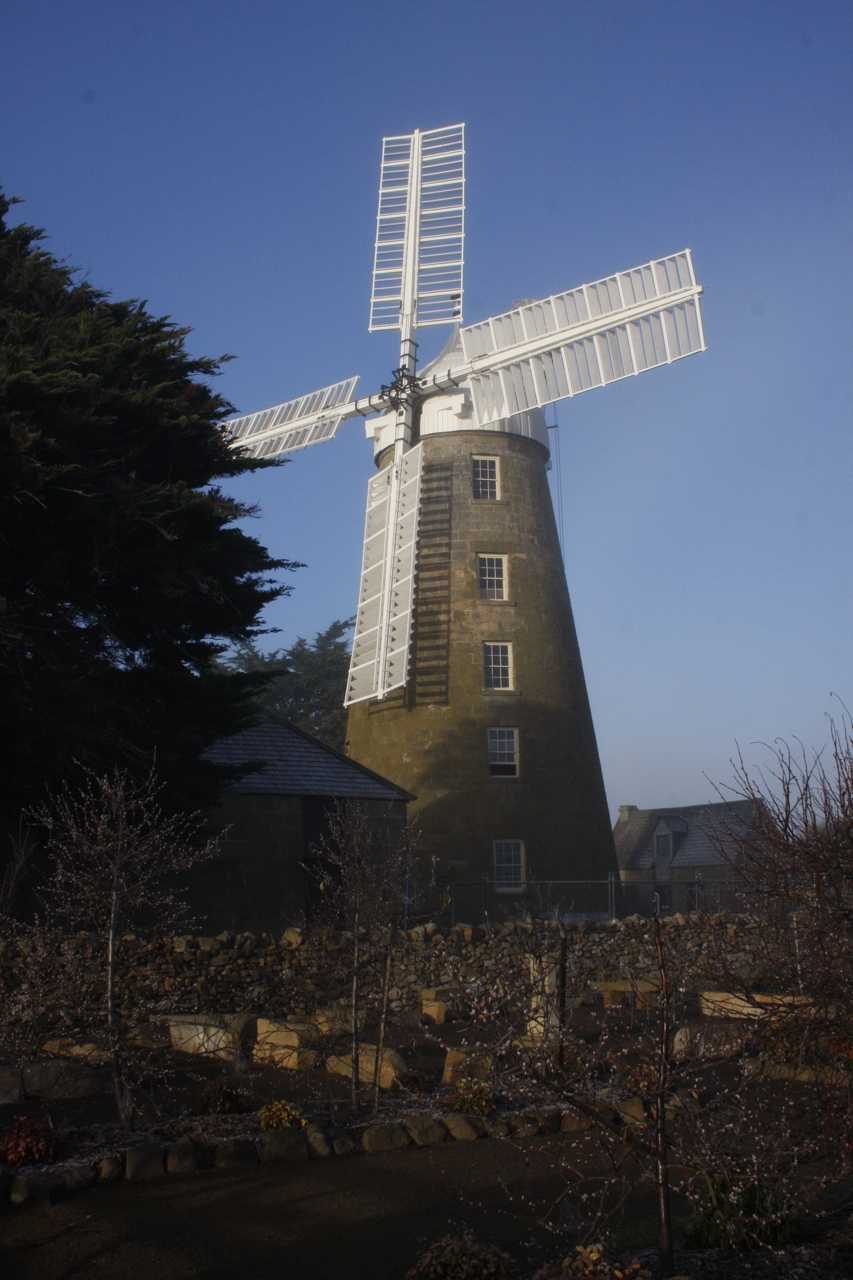
The Callington Mill has been owned by two members of the Jillett Family.
Thomas's nephew John Bradshaw operated the Mill for some time, and in 1857 he advertised the mill for sale in the local papers.
The advertisement stated that the mill had a lease of 3 years and 4 months.
John Bradshaw married Maria Bacon, and their eldest son George became a millwright at the mills.
After being in the Jillett Family for 17 years the mill was sold again in 1881 for only £1040
Research indicates that when Thomas bought the complex for £2400, that included several homes.
Thomas's nephew John Bradshaw operated the Mill for some time, and in 1857 he advertised the mill for sale in the local papers.
The advertisement stated that the mill had a lease of 3 years and 4 months.
John Bradshaw married Maria Bacon, and their eldest son George became a millwright at the mills.
After being in the Jillett Family for 17 years the mill was sold again in 1881 for only £1040
Research indicates that when Thomas bought the complex for £2400, that included several homes.
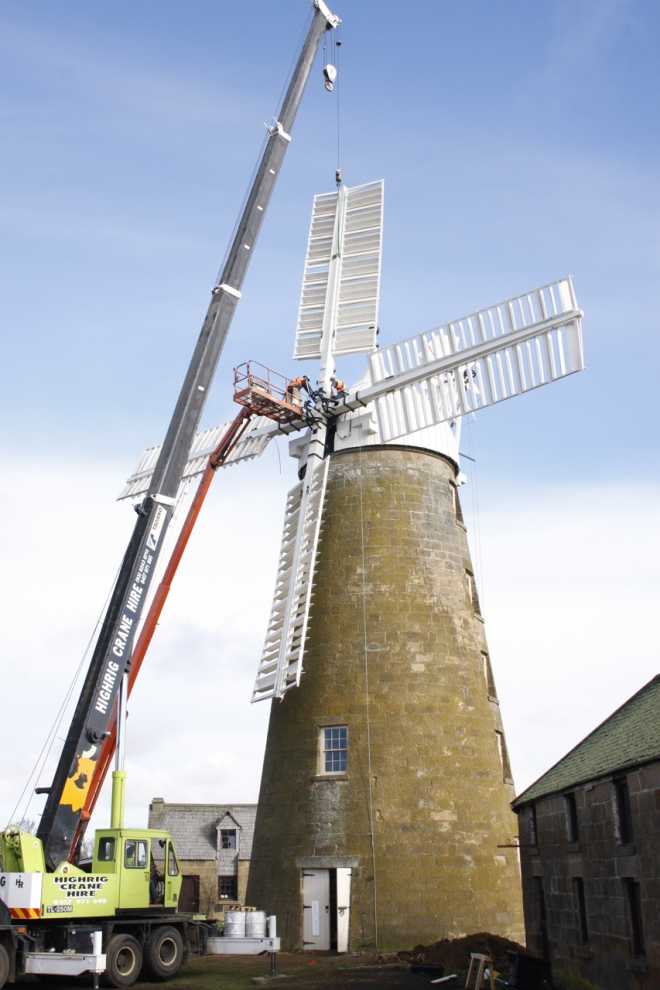
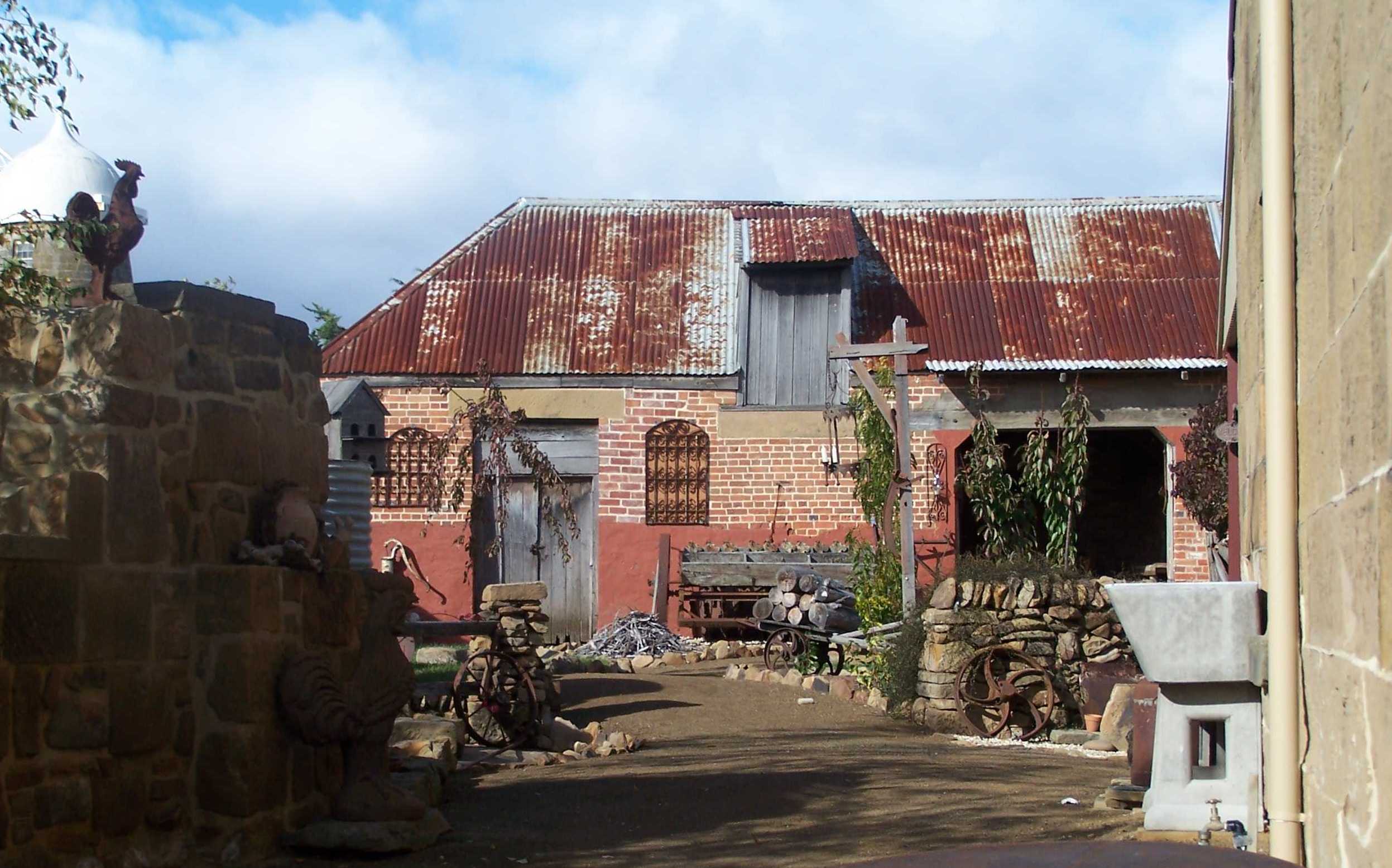
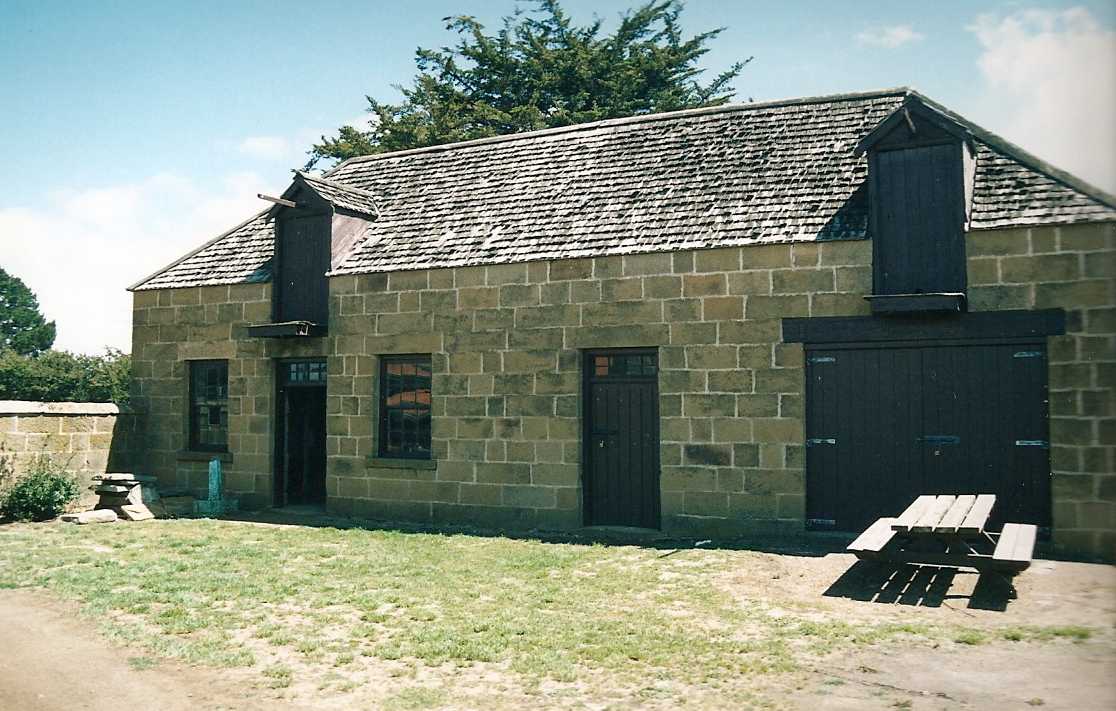
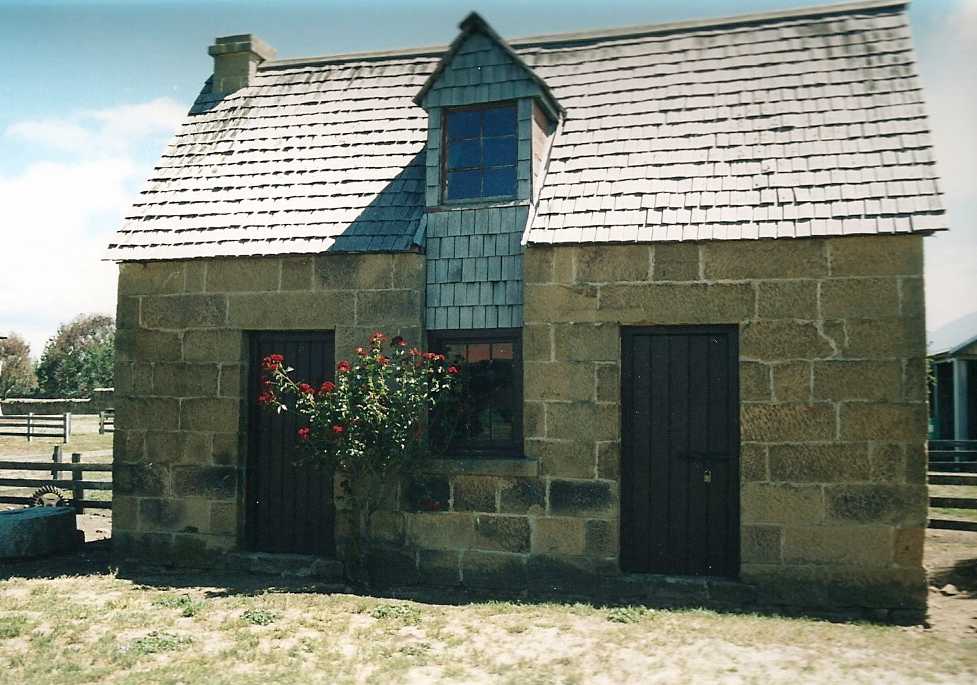
Visitors to Oatlands are able to wander the unique Georgian streets, pause for a while and admire the many building owned by the Jillett Family, and step back in time when they inspect the working flour mill, the only one of its kind in Australia.
Local bakers bake bread from the milled wheat. What a temptation that is!
The tourist office was housed in the Mill house, there is a restaurant in the mill stables, and operated for 7 years, however the Mill house is now closed, and waiting for a new venture for the town. The grounds are surrounded by stone walls.
Truly an experience not to miss when visiting Tasmania.
Local bakers bake bread from the milled wheat. What a temptation that is!
The tourist office was housed in the Mill house, there is a restaurant in the mill stables, and operated for 7 years, however the Mill house is now closed, and waiting for a new venture for the town. The grounds are surrounded by stone walls.
Truly an experience not to miss when visiting Tasmania.
On our visit to Oatlands we also searched for the graves of Thomas and his family, and were shocked when we discovered the condition of the grave in the local cemetery at St Peters Anglican Church just down from the Mill in Williams Street.
It became increasingly obvious to us that there was great historical significance between the Mill and the Family crpyt.
Oatlands will no doubt have many tourists eager to experience not only the workings of the Mill and the Miller, and enjoy the fresh bread, but will want to learn more about the life and times of those who lived in the area 150 years ago. To view the Mill, see a photo of the owners, and then to see that their grave was a mass of rubble, would be a real disappointment for most tourists.
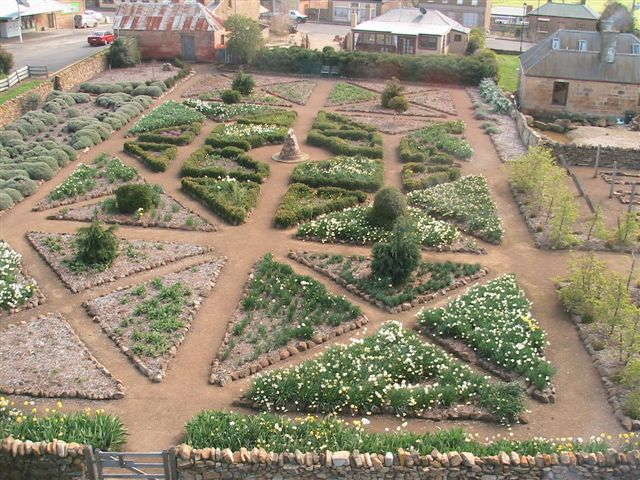
1906, the sails blew off in the wind, and then a fire destroyed the mill
The sails are put in place
The Mill Garden
This story would not have begun if it was not for the Callington Mill in Oatlands Tasmania. We knew that Thomas Jillett owned the Callington Mill, and we set off on a holiday to have a look. What we eventually found certainly surprised us.
We had no idea that the Callington Mill was being restored into a working flour mill, destined as a Tourist Attraction in Oatlands.
We had no idea that the Callington Mill was being restored into a working flour mill, destined as a Tourist Attraction in Oatlands.
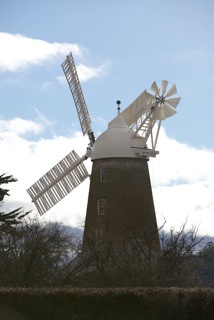
Extract from "A History of the Lower Midlands" by J.S. Weeding
"During March 1850, John Vincent sold the Mill to Thomas Jillett of "Springfield", and in order to boost production, the new owner erected on the same location a steam mill fitted with a fourteen horse-power engine which it was claimed could turn out from five to seven tons of flour daily. Water to supply the steam mill was drawn from a well which was sunk to a depth of 72 ft, only a few yards from the imposing two storey building which contained the grinding mechanism, dressing and smut machines in addition to storage space for wheat and flour.
One interesting feature associated with the steam mill was that the top floor in the building was movable. By removing or adding wooden wedges the floor could be lowered or raised in order to obtain correct working pressure for the wooden driving clgs.
The following description of the flour mills is taken from The Mercury of 17th January 1862 -
"Steam and Wind Flour Mills .. consisting of a two storey built flour mill, with steam and wind power for driving two pairs of stones, dressing and smut machines, hoisting gear and every necessary convenience on the most approved principle, two roomed cottage for the residence of the miller, with large store over, three stall stable, dwelling house, baker's shop and two cottages fronting the main street with stable and coach house adjoining, a large and well arranged dwelling house of 12 well proportioned rooms, four stall stable with hay loft, cow shed piggeries and yard"
Thomas Jillett kept the mills a little over ten years, and disposed of them on 31st December 1863 to his nephew John Bradshaw of Oatlands.
"During March 1850, John Vincent sold the Mill to Thomas Jillett of "Springfield", and in order to boost production, the new owner erected on the same location a steam mill fitted with a fourteen horse-power engine which it was claimed could turn out from five to seven tons of flour daily. Water to supply the steam mill was drawn from a well which was sunk to a depth of 72 ft, only a few yards from the imposing two storey building which contained the grinding mechanism, dressing and smut machines in addition to storage space for wheat and flour.
One interesting feature associated with the steam mill was that the top floor in the building was movable. By removing or adding wooden wedges the floor could be lowered or raised in order to obtain correct working pressure for the wooden driving clgs.
The following description of the flour mills is taken from The Mercury of 17th January 1862 -
"Steam and Wind Flour Mills .. consisting of a two storey built flour mill, with steam and wind power for driving two pairs of stones, dressing and smut machines, hoisting gear and every necessary convenience on the most approved principle, two roomed cottage for the residence of the miller, with large store over, three stall stable, dwelling house, baker's shop and two cottages fronting the main street with stable and coach house adjoining, a large and well arranged dwelling house of 12 well proportioned rooms, four stall stable with hay loft, cow shed piggeries and yard"
Thomas Jillett kept the mills a little over ten years, and disposed of them on 31st December 1863 to his nephew John Bradshaw of Oatlands.
The following information written by the Jillett Family researchers:
"The main body of the old Callington Mill is still in a reasonable state of repair, and, if fully restored, could give Oatlands a unique landmark which would serve to publicise the town throughout the world. Perhaps before it is too late, some enterprising benefactor will enable this work to be carried out and so save for posterity the last of the old mills upon which the early settlers
"The main body of the old Callington Mill is still in a reasonable state of repair, and, if fully restored, could give Oatlands a unique landmark which would serve to publicise the town throughout the world. Perhaps before it is too late, some enterprising benefactor will enable this work to be carried out and so save for posterity the last of the old mills upon which the early settlers
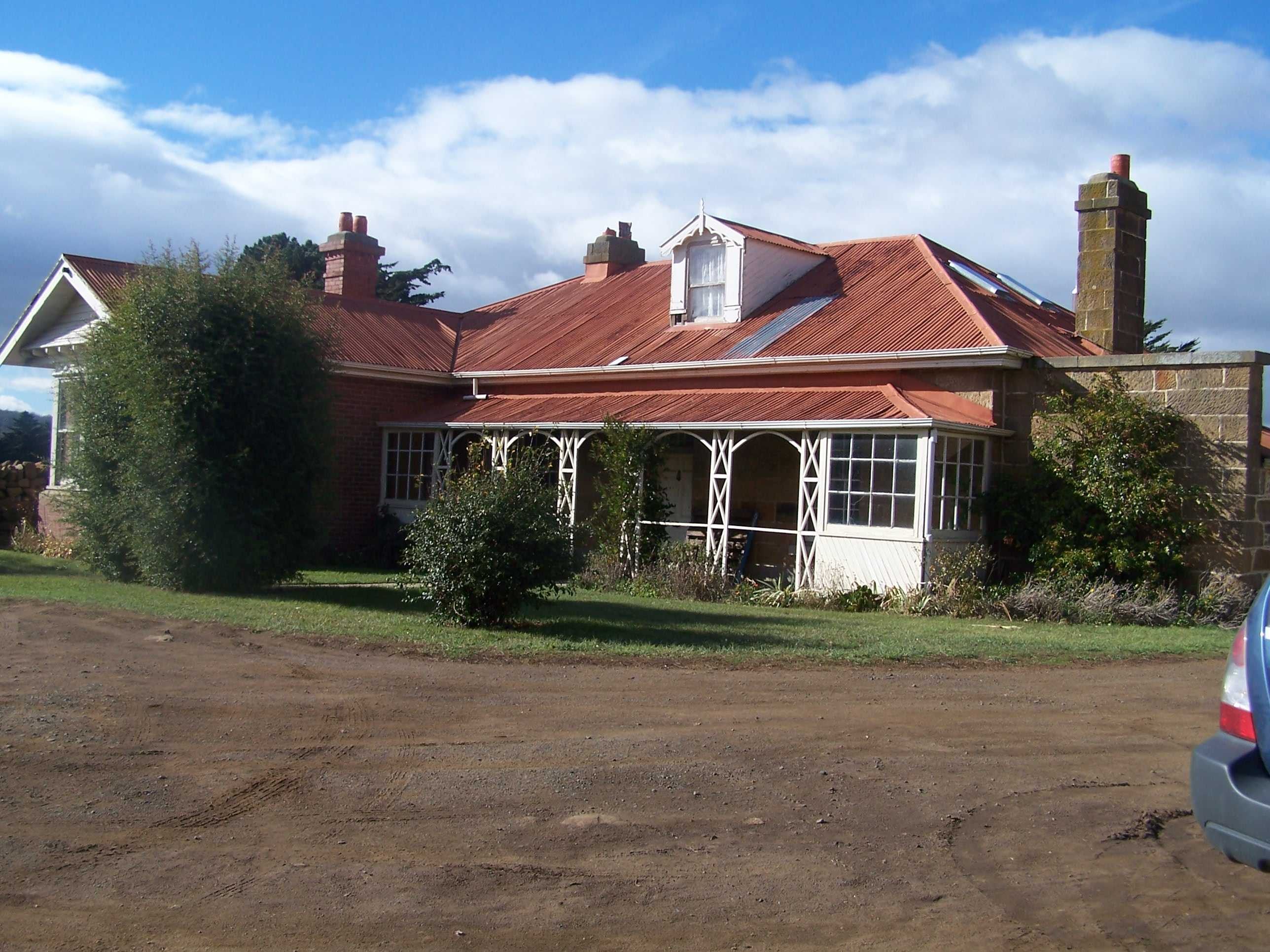
https://www.callingtonmill.com.au/










